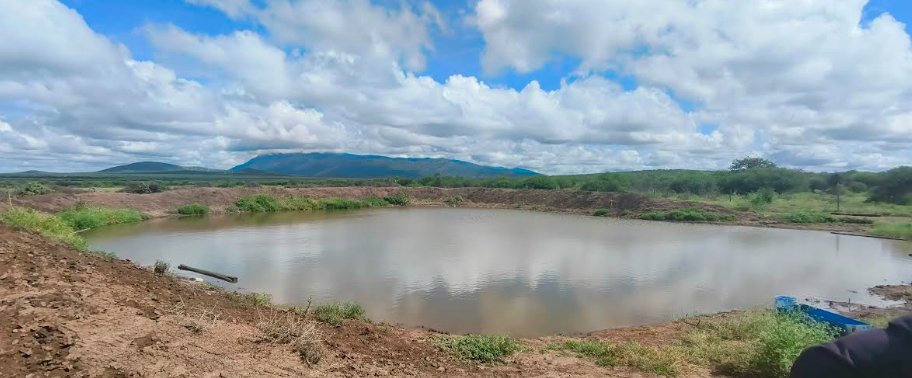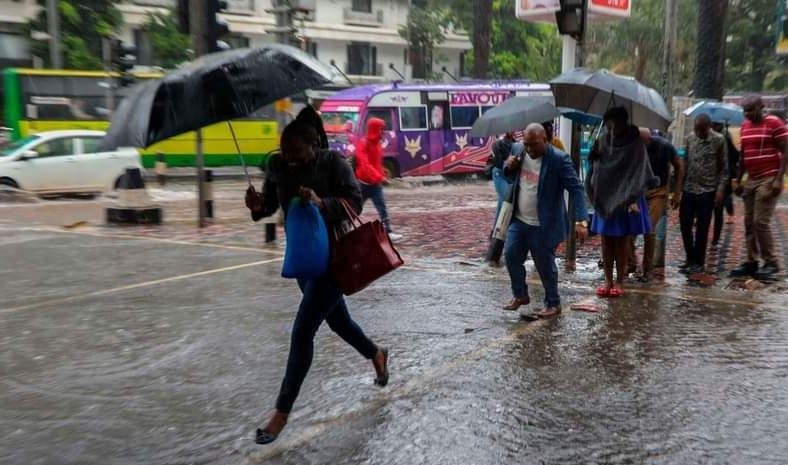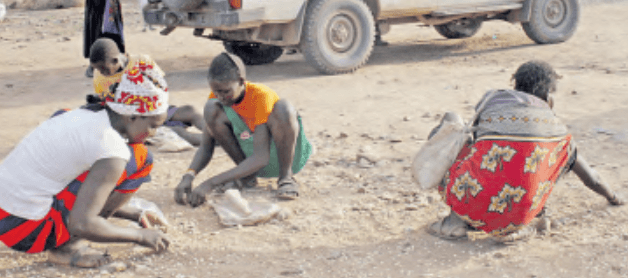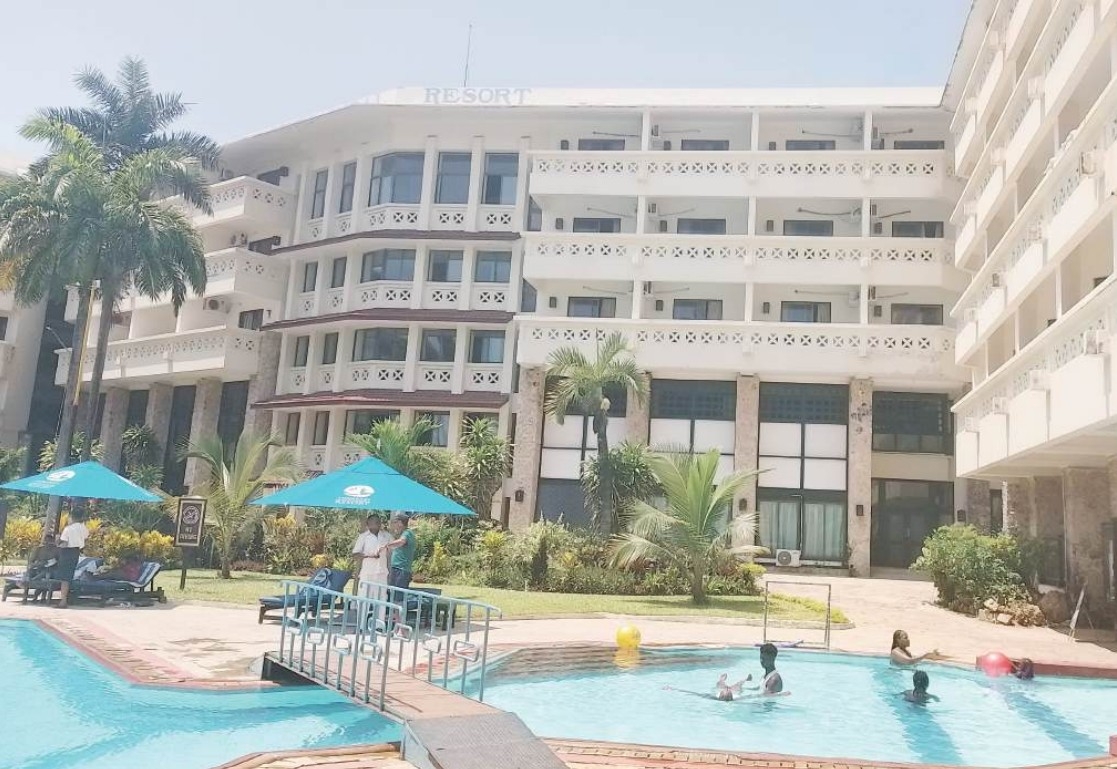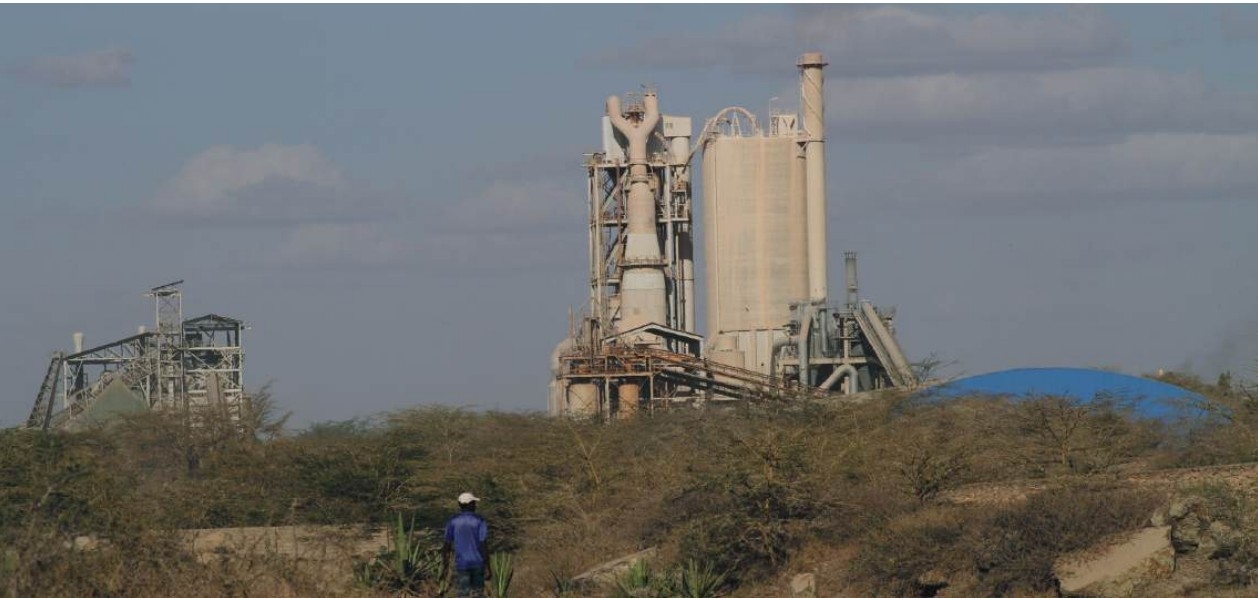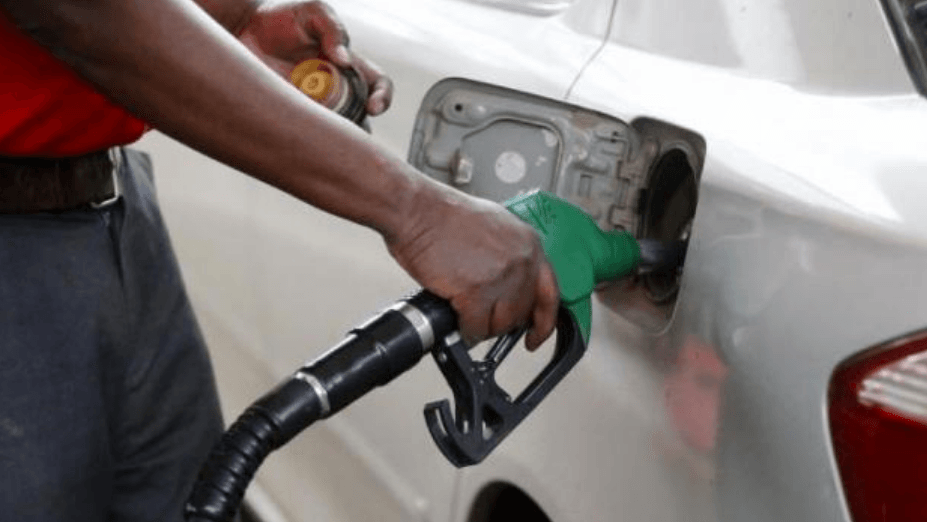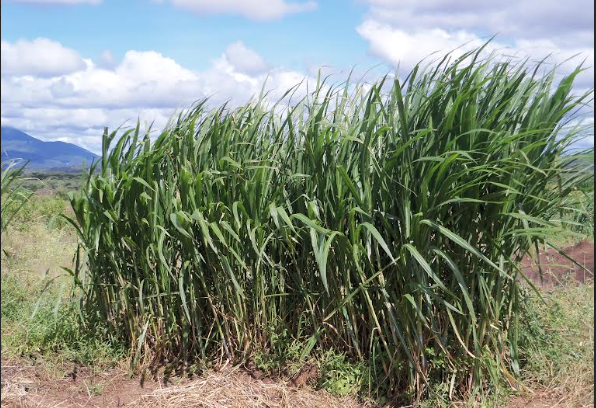
Yet to residents, the weather feels refreshingly cool. Many were even wearing jackets. This showed how accustomed they were to the environment.
Namanga, an area characterised by large ranches of semi-dry land, is about 170km southeast of Nairobi, near the border of Kenya and Tanzania.
Prof Kinyanjui Mwangi, a climate change expert, has undertaken a significant farming project to cultivate a type of Napier grass from China called Juncao.
"Climate-smart agriculture involves growing drought-resistant crops that can mature within very short periods," he explained as we walked into the land.
Juncao Napier grass thrives in the warm Namanga climate due to effective climate change adaptation techniques.
“The fascinating character about Juncao is that it thrives well even in drought seasons,” Mwangi said.
The communities in Namanga are large livestock keepers, a custom largely influenced by the lack of access to water that can enable farming.
They are not alone. In Kenya, more than nine million people depend on pastoralism for their livelihood.
Most nomadic pastoralist communities struggle with access to water, and the dry season claims a lot of their livestock.
Climate change exacerbates these challenges, leading to prolonged droughts, reduced water supplies and intensified competition for resources.
Mwangi also breeds goats, which feed on the Juncao, and is exploring fruit planting, focusing on lemons and oranges. Lemons are proving to be more resilient.
But a vast portion of his farm is occupied by the Juncao grass.
“Juncao Napier grass can provide an alternative, nutritious food source for livestock, and it can also be a significant source of profit if produced on a large scale,” Mwangi said.
NUTRITIONAL POWERHOUSE
Juncao grass has significantly higher crude protein content compared to traditional Napier grass varieties, offering a cost-effective solution for livestock feed.
While ordinary Napier grass typically has 8-12 per cent crude protein, Juncao can reach up to 18.6 per cent.
This high protein level means that livestock, particularly dairy cattle, can meet most of their protein requirements from the grass, reducing the need for expensive supplementary commercial feeds.
Beyond protein, Juncao grass is a nutritional powerhouse, providing essential minerals and vitamins that are vital for the health and well-being of livestock.
It is a good source of essential minerals, including calcium, magnesium, phosphorus, potassium, sodium and zinc, all of which are crucial for maintaining healthy bones and teeth in animals.
It also contains a good balance of essential amino acids and a range of vitamins crucial for proper bodily function and immune system support.
These include vitamin A, B1, B2, B3, B6, C, E, K and folate.
The grass features soft, juicy stems and wider, smoother, greener leaves, making it highly attractive and palatable to livestock.
This high palatability ensures animals consume it readily, maximising nutrient intake.
Juncao Napier grass, being a hybrid variety (often a cross between African elephant grass and bamboo or pearl millet), produces a deep and robust root system.
This extensive root network allows the plant to access water from deeper soil layers, making it much more tolerant to dry conditions than many other forage crops.
It is well-suited for cultivation in arid and semi-arid regions and can thrive even in low-fertility soils and under rain-fed conditions after the initial establishment phase.
The establishment phase involves careful soil preparation, planting and initial watering to ensure the grass establishes a strong root system. This makes it an ideal choice for farmers facing unpredictable rainfall and prolonged dry seasons.
Juncao Napier grass grows rapidly and can be harvested multiple times a year (typically three to six times).
Its vigorous root system allows it to regenerate quickly after cutting, providing a consistent source of fodder even during dry periods.
This high yield potential, combined with the reduced need for supplementary feeds, can lead to significant cost savings for farmers.
Its drought-resistant traits and wide adaptability contribute to its climate resilience, providing a buffer against the effects of climate change and minimising soil degradation.
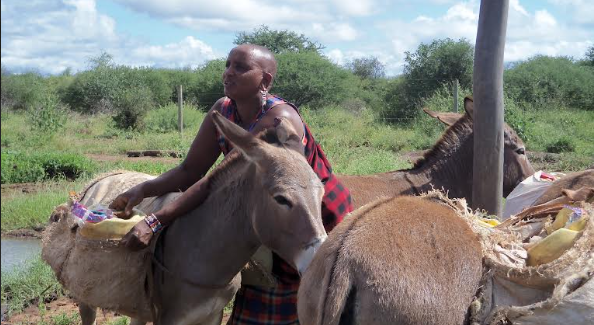
WATER SUPPLY
Even with a drought-resistant crop, water is still essential to life. To secure this resource, Mwangi dug a well and stored water in water pans.
The well works by accessing groundwater stored in underground aquifers, while the water pan collects runoff water.
The water is stored for extended periods beyond the rainy season.
“This enables storage for future irrigation or domestic use,” the professor said.
His farm supplies water to local communities free of charge.
In Namanga, access to water has always been a significant challenge. Hence, when a well was dug on Prof Mwangi's farm, it provided a much-needed solution for the community.
Repaia Mutede, a member of the Oloolarroi community, expressed her gratitude for the water supply.
“Before, we used to walk for nearly four hours to fetch water. Now, Mwangi’s farm is just a 20-minute walk from my home, which makes life much easier for us,” she said.
She added that both the animals and the community are thankful for access to water.
Mwangi says the bigger picture he is trying to achieve is to show the communities around that cows should not always die during droughts.
“Having been able to dig a well, I share water with the surrounding communities for their livestock, their domestic uses and for irrigation for a few people in the community,” Mwangi said.
“Water is a free resource that I am happy to share.”
According to the report ‘State of the Climate Kenya’, in 2023, the country experienced higher-than-normal temperatures in most regions, continuing a long-term trend of warming.
Last year became the hottest on record for Kenya, reflecting the global rise in temperatures.
Like many other tropical regions and the rest of East Africa, Kenya is vulnerable to climate extremes, such as floods, landslides and droughts.
Over the past decade, the frequency and severity of these climate extremes have become increasingly apparent as the global climate warms.
Acknowledging the impact of these rising challenges on the quality of life for countless individuals is critical.
Juncao grass is emerging as one of the solutions that can help to address this.
